May 16, 2025 | 08:50 GMT +7
May 16, 2025 | 08:50 GMT +7
Hotline: 0913.378.918
May 16, 2025 | 08:50 GMT +7
Hotline: 0913.378.918
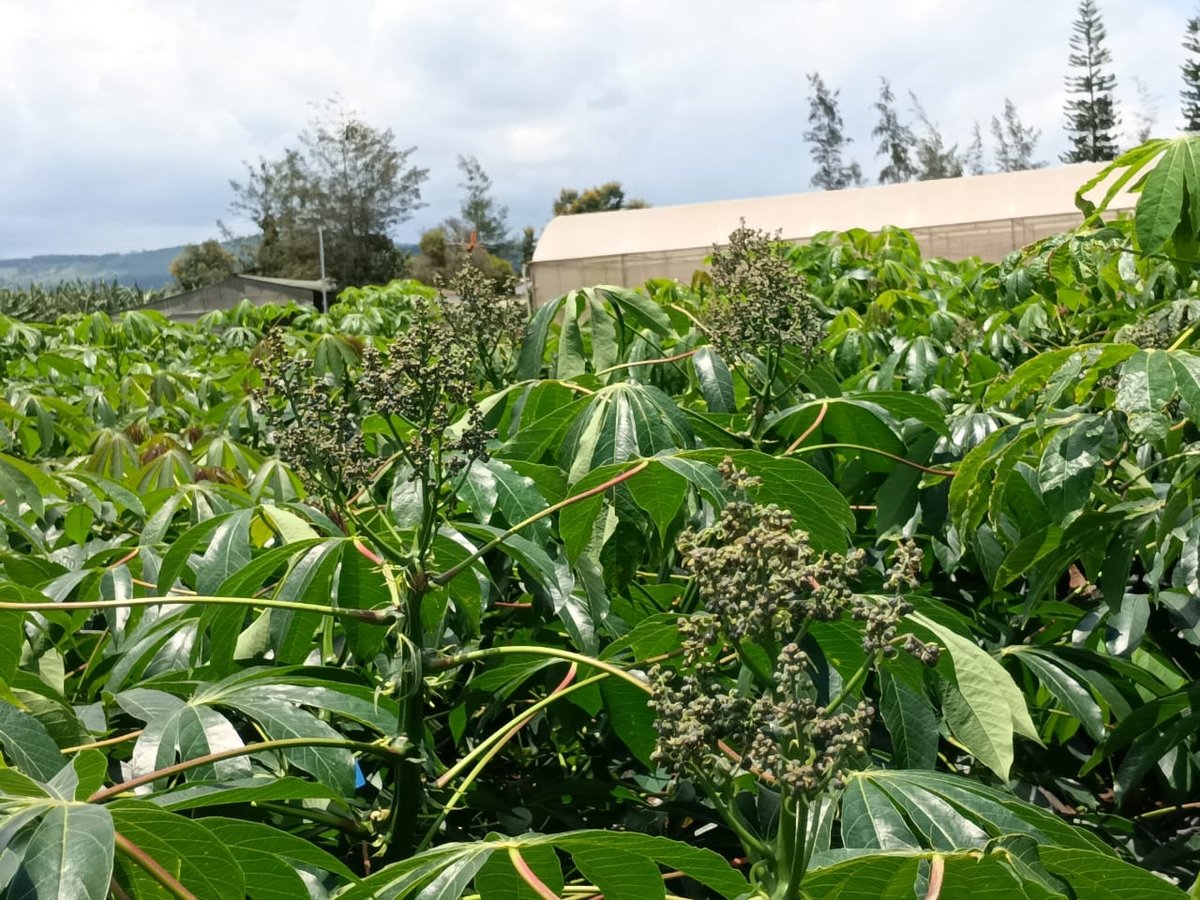
Cassava has long been a key crop in Southeast Asia, providing significant income due to its drought tolerance, low input requirements, and ease of cultivation. Photo: CIAT.
The project “Disease-Resilient and Sustainable Cassava Production Systems in the Mekong Region,” funded by the Australian Center for International Agricultural Research (ACIAR), is being implemented from 2024 to 2028. It aims to protect and develop the cassava sector, a critical livelihood for millions of smallholder farmers in Vietnam, Laos, and Cambodia. With a budget of up to AUD 3.5 million, the Alliance Bioversity International - CIAT leads the project in close collaboration with its Vietnamese partner, the Hung Loc Agricultural Research Center under the Southern Agricultural Science Institute.
Cassava has long been a key crop in Southeast Asia, providing significant income due to its drought tolerance, low input requirements, and ease of cultivation. However, in recent years, monoculture practices driven by rising market demand have severely degraded arable land. Additionally, diseases such as cassava mosaic disease (CMD), witches’ broom, and root rot have become increasingly dangerous, seriously threatening the income and livelihoods of smallholders.
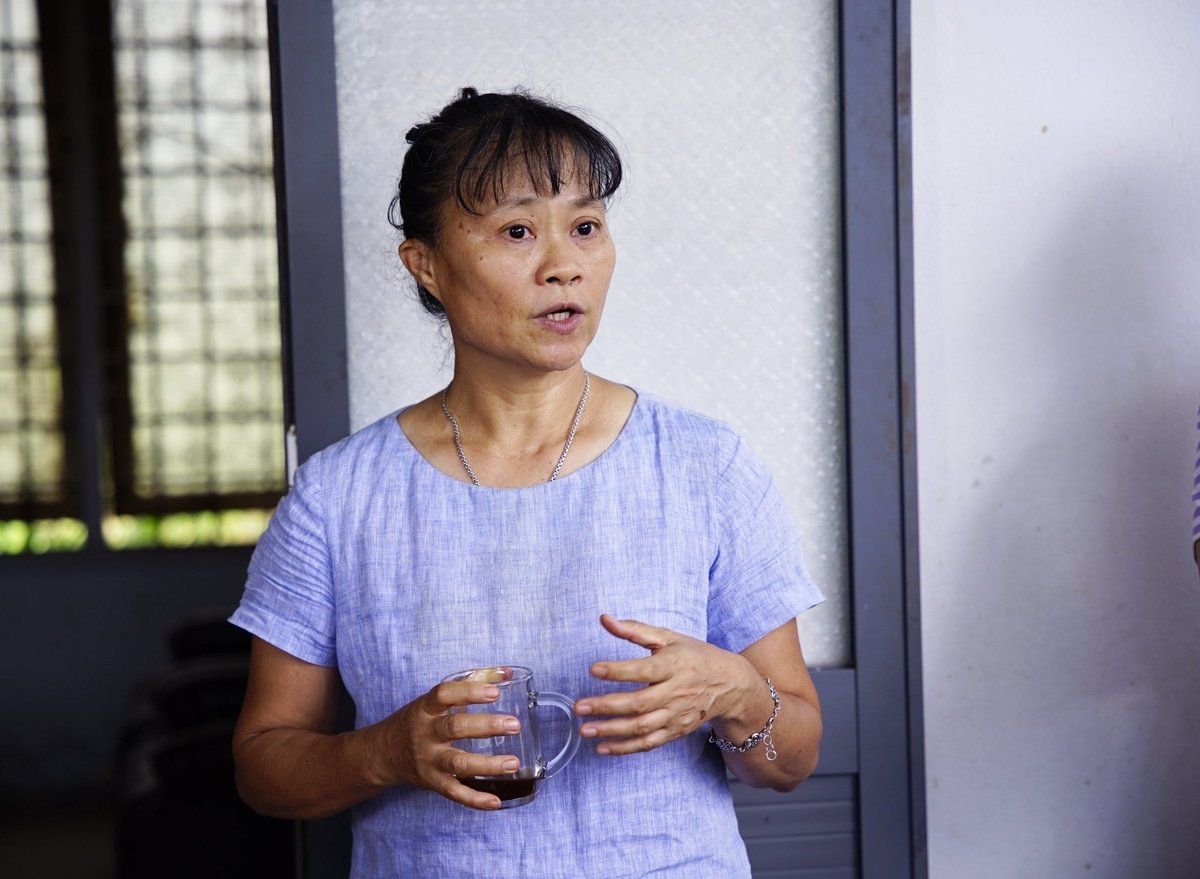
Ms. Cu Thi Le Thuy, a researcher at CIAT briefing the project. Photo: Linh Linh.
In an interview with the Agriculture and Environment News, Ms. Cu Thi Le Thuy, a researcher at CIAT, noted that although the project is only in its first year and no formal evaluations have been released, early results build upon previous ACIAR-funded studies. “At present, nine CMD-resistant cassava lines are being evaluated in the fourth year of trials,” she said.
Explaining the choice of cassava as the focus crop, Ms. Thuy emphasised that cassava plays a vital role in the agricultural economy of Vietnam, Laos, and Cambodia. It serves various uses—from animal feed and bioethanol to starch, widely applied in the food and pharmaceutical industries. For poor households, cassava is easy to grow, drought-resistant, and low-cost, yet provides a stable income. For better-resourced farmers, it offers a pathway to prosperity.
Given the alarming spread of diseases like CMD, witches’ broom, root rot, and basal stem rot, Ms. Thuy stressed the urgent need to develop disease-resistant varieties and effective cultivation methods. “We hope these solutions will support the sustainable development of the cassava sector, ensuring stable incomes for farmers while protecting the environment,” she said.
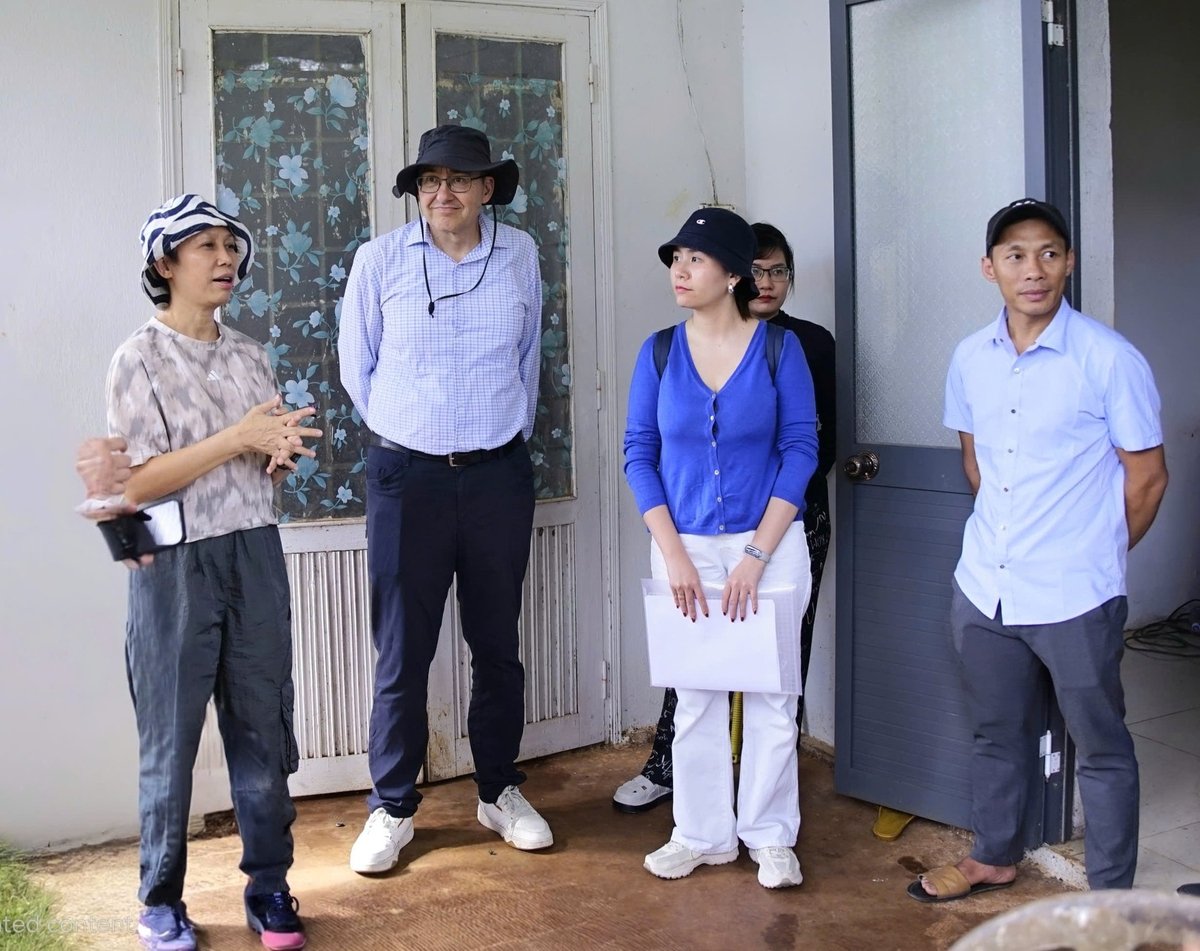
Mr. Brent Stewart, Deputy Consul-General of Australia in Ho Chi Minh City, the Australian Cousulate staff and reporters visited the project of ACIAR. Photo: Linh Linh.
Regarding the practical applicability of research outcomes, Ms. Thuy noted that any proposed solutions must align with farmers’ economic conditions and actual production environments and deliver greater economic efficiency than current methods. Ideally, farmers should be directly involved in trial processes to enhance the applicability of solutions in real-world settings.
Within the project, Ms. Pham Thi Nhan, Deputy Director of the Hung Loc Agricultural Research Center – the project’s leading partner in Vietnam – introduced early flowering induction techniques tested in Lam Dong. These techniques are primarily used for breeding new cassava varieties, as cassava is usually propagated through stem cuttings rather than seeds. From seed to final cultivar selection, the breeding process typically takes 5 to 7 years.
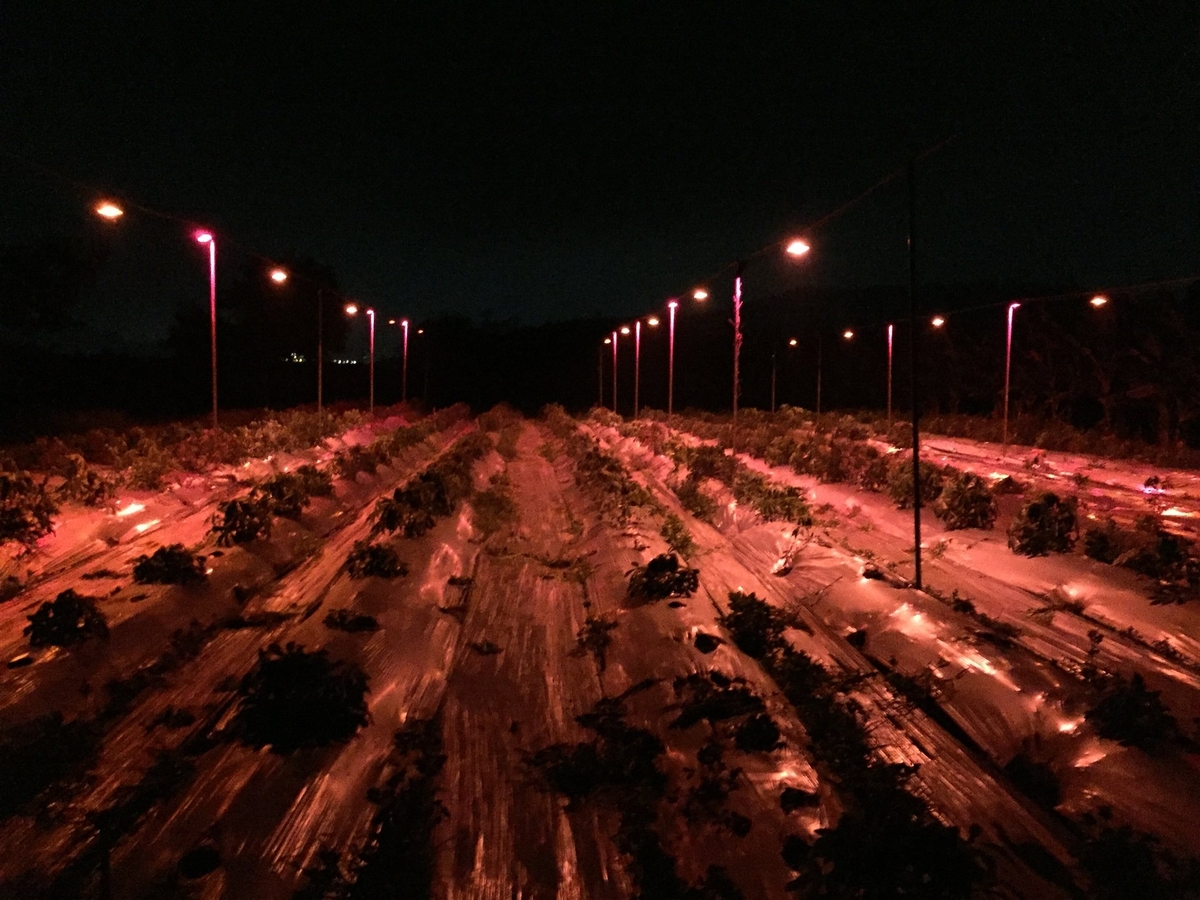
Researchers have successfully induced early flowering in upright, non-branching cassava varieties using red light exposure and pruning. Photo: CIAT.
“We have successfully induced early flowering in upright, non-branching cassava varieties using red light exposure and pruning, combined with establishing strategic breeding gardens in the mid-elevation zones of Lam Dong. This breakthrough significantly shortens the breeding cycle and enhances breeding efficiency,” Ms. Nhan shared.
In addition, the project targets soil health protection. All crops require nutrients, and when the soil is depleted, nutrients must be replenished with fertilisers. In sloped areas, reforestation is the optimal solution to maintain soil fertility. For CMD in particular, the most effective control measures remain using resistant varieties and disease-free planting materials to prevent disease spread.
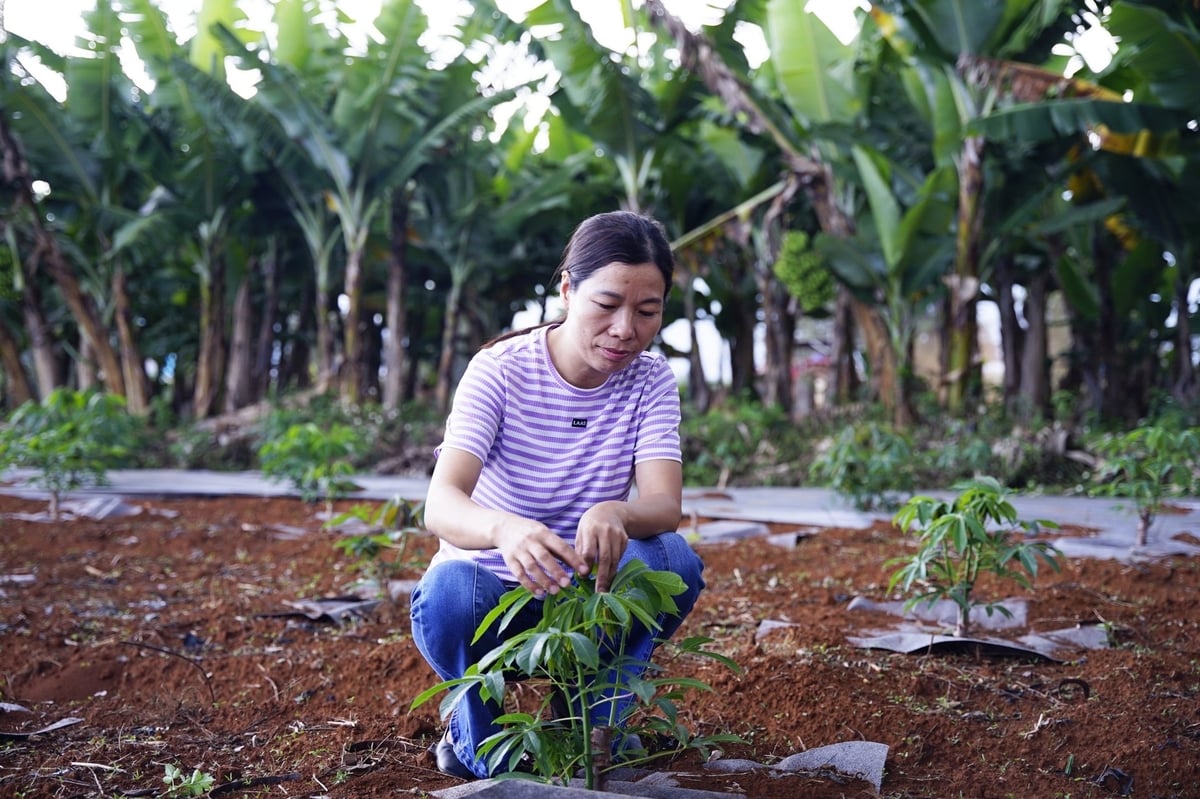
Ms. Pham Thi Nhan, Deputy Director of the Hung Loc Agricultural Research Center – the project’s main partner in Vietnam – introduced early flowering induction techniques tested in Lam Dong. Photo: Linh Linh.
Cassava is currently cultivated in more than 40 provinces across Vietnam, concentrated in five key regions: the Northern midlands and mountains, North Central Coast, South Central Coast, Central Highlands, and Southeast. In 2023, the total cassava cultivation area was 511,000 hectares, down by about 60,000 hectares compared to 2015.
Currently, the national average yield is around 19–20 tonnes per hectare, with total fresh root output exceeding 10 million tonnes. Vietnam currently has over 140 cassava starch processing plants, with a combined design capacity of 13.4 million tonnes of fresh roots per year and an actual processing capacity of 9.3 million tonnes per year.
Cassava starch and dried cassava chips have become one of Vietnam’s top seven agro-forestry-aquatic export products. Vietnam is the world’s second-largest cassava exporter after Thailand, with annual export revenues exceeding USD 1 billion over the past five years.
As part of this project, Vietnam participates in the research and breeding of cassava varieties resistant to cassava mosaic disease. Current research activities focus on selecting parent lines, pollination, and testing hybrid lines in various ecological zones. The project has received strong support from local authorities in the provinces where field trials are conducted.
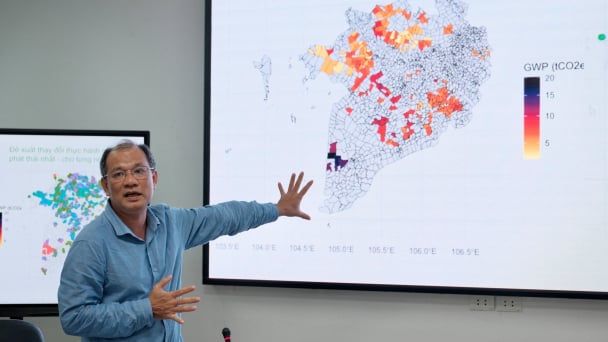
(VAN) Data from 10,000 farming households will help professionalize production organization and support the implementation of the One Million Hectares Program for High-Quality, Low-Emission Rice Cultivation.
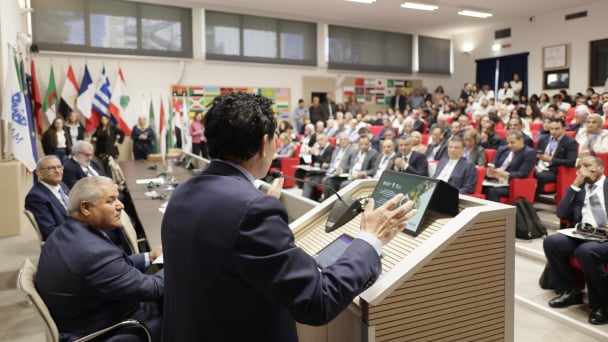
(VAN) FAO Director-General QU Dongyu marks International Day of Plant Health at NENA conference.
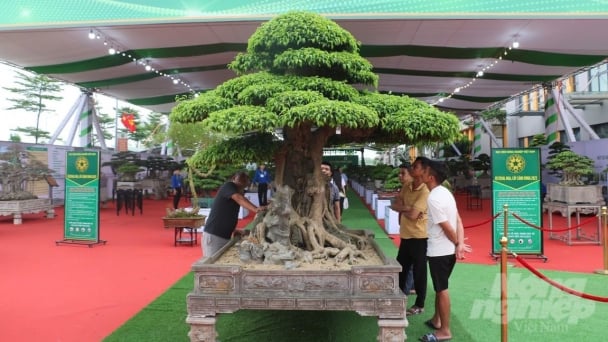
(VAN) Deputy Minister of Agriculture and Environment Hoang Trung affirmed that floriculture and ornamental plants are a growing industry that receives significant global attention.

(VAN) The three staple crops dominating modern diets – corn, rice and wheat – are familiar to Americans. However, fourth place is held by a dark horse: cassava.
/2025/05/10/4037-3-223011_495.jpg)
(VAN) Remote sensing technology is becoming an indispensable tool in monitoring resources, developing modern agriculture, and protecting the environment in Vietnam.
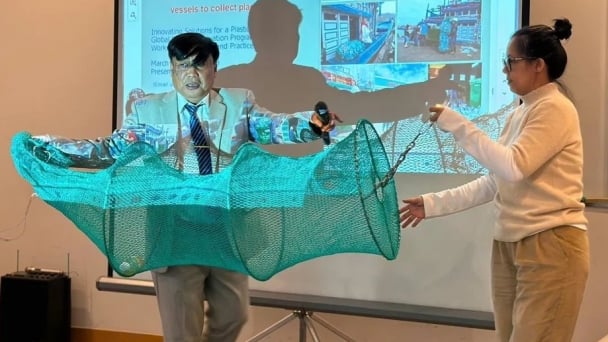
(VAN) The trash bag used on fishing vessels can withstand rough sea conditions, including level 8 to level 10 winds and waves. Notably, it can be hung anywhere on the boat.